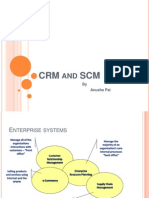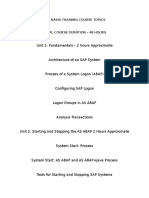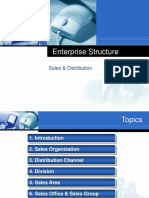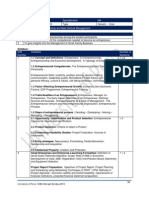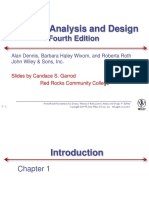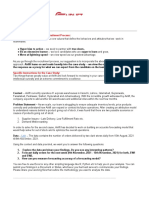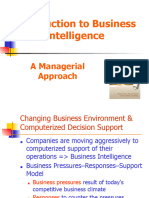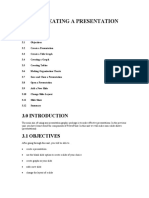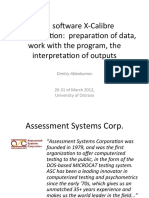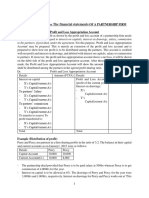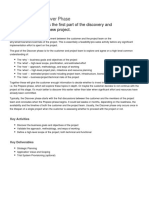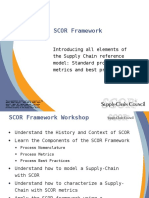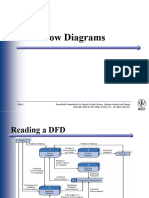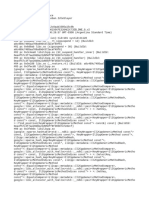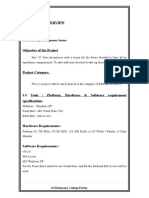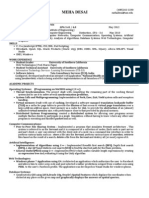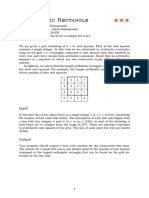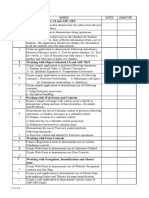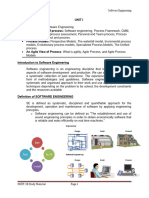0% found this document useful (0 votes)
217 views44 pagesSystems Analysis for BIT Students
The document discusses the system development life cycle (SDLC), which is a systematic approach to developing software systems. It describes the typical phases of SDLC such as problem definition, system analysis, system design, system implementation, system testing, and maintenance. It also discusses sequential (waterfall) development and iterative development approaches. Some criticisms of the waterfall model are that it is rigid and inflexible. The modified waterfall model and iterative development allow for more flexibility and feedback between phases.
Uploaded by
Shan AgharrCopyright
© © All Rights Reserved
We take content rights seriously. If you suspect this is your content, claim it here.
Available Formats
Download as PDF, TXT or read online on Scribd
0% found this document useful (0 votes)
217 views44 pagesSystems Analysis for BIT Students
The document discusses the system development life cycle (SDLC), which is a systematic approach to developing software systems. It describes the typical phases of SDLC such as problem definition, system analysis, system design, system implementation, system testing, and maintenance. It also discusses sequential (waterfall) development and iterative development approaches. Some criticisms of the waterfall model are that it is rigid and inflexible. The modified waterfall model and iterative development allow for more flexibility and feedback between phases.
Uploaded by
Shan AgharrCopyright
© © All Rights Reserved
We take content rights seriously. If you suspect this is your content, claim it here.
Available Formats
Download as PDF, TXT or read online on Scribd
/ 44









